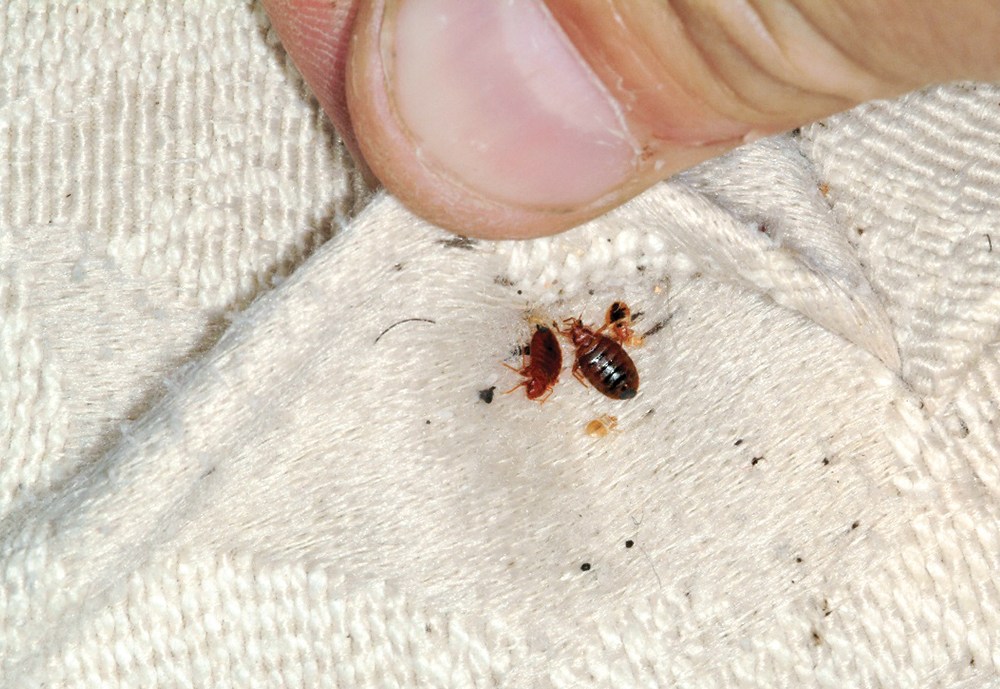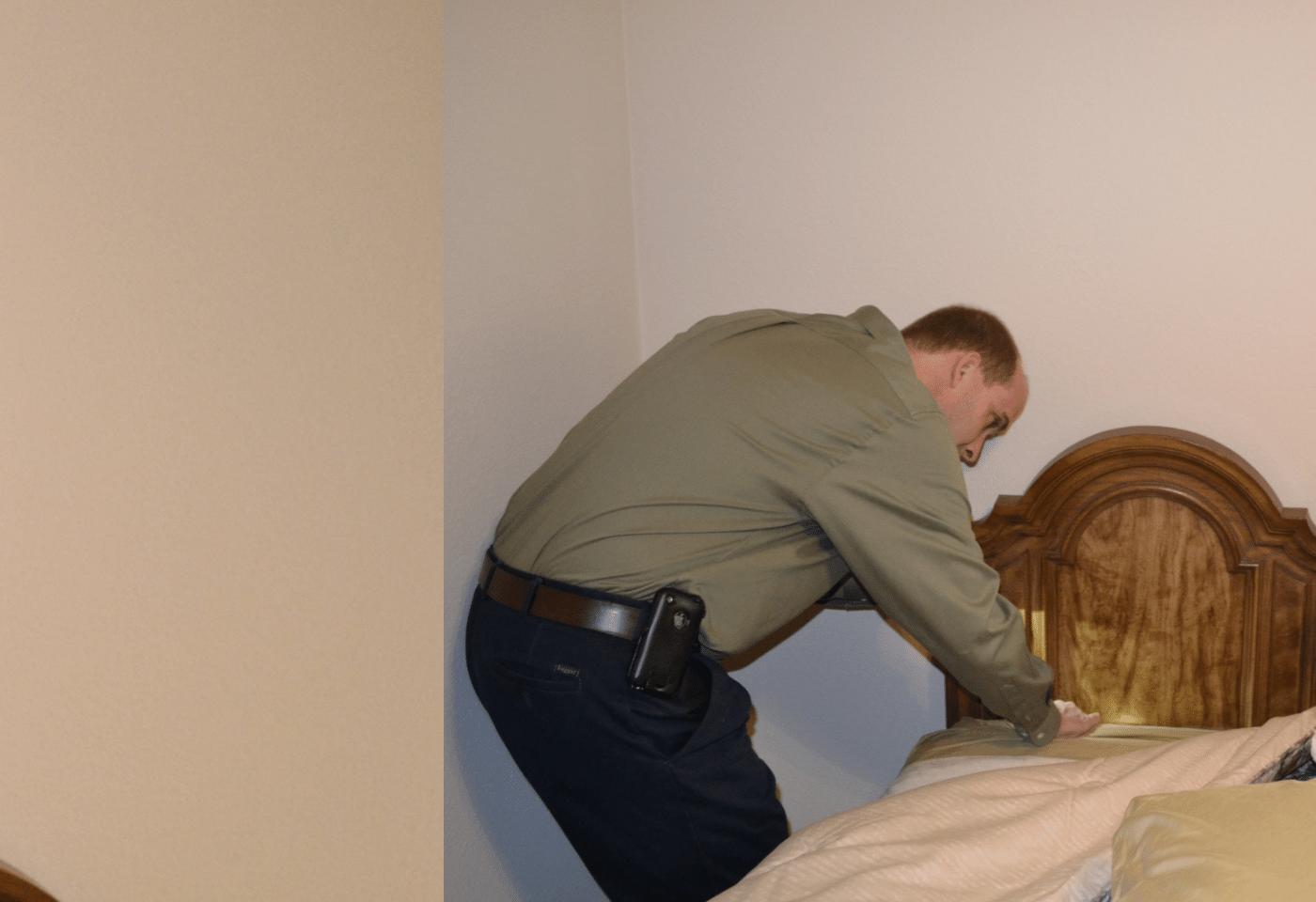Affordable A1 Bed Bug Removal in Houston - Expert Exterminators
Affordable A1 Bed Bug Removal in Houston - Expert Exterminators
Blog Article
Comprehending the Lifecycle of Pests for Targeted Control Strategies
Comprehending the lifecycle of parasites is a fundamental aspect of reliable insect monitoring techniques. With a much deeper understanding of just how bugs develop and grow, customized control approaches can be made to deal with particular points in their lifecycle, inevitably leading to even more effective parasite management end results.
Importance of Understanding Pest Lifecycle
Comprehending the lifecycle of parasites is crucial for creating reliable and targeted control techniques in pest administration. By comprehending the numerous phases a pest goes through from egg to adult, insect control specialists can determine vulnerable points in the lifecycle where treatment can be most effective.
Additionally, identifying the details environmental problems required for each and every stage of the insect's lifecycle can lead choices on habitat adjustment or exclusion methods to disrupt the lifecycle and minimize bug populations. This knowledge makes it possible for pest administration professionals to carry out aggressive procedures instead than relying only on responsive therapies, bring about more long-lasting and sustainable bug control solutions. Ultimately, a thorough understanding of insect lifecycles equips parasite control practitioners to tailor their strategies efficiently, making best use of and minimizing ecological influences control end results.
Trick Phases in Bug Advancement
To efficiently apply targeted control strategies in insect monitoring, a vital facet depends on thoroughly recognizing and recognizing the key phases in bug development. Bug growth typically contains a number of vital stages that are crucial for their lifecycle and management. The initial stage is the egg stage, where parasites lay eggs that later on hatch right into larvae. Larvae then advance right into pupae, a stage where they undergo metamorphosis before arising as adult parasites. Understanding these stages is vital as it assists in pinpointing weak spots in the lifecycle where control actions can be most effective.

Susceptabilities in Parasite Lifecycle
Throughout the numerous phases of an insect's lifecycle, distinct susceptabilities emerge that can be purposefully targeted for efficient control procedures (A1 Bed Bug treatment houston). One important vulnerability lies in the egg stage, where insects are usually a lot more at risk to particular insecticides or biological control agents due to their soft external covering, making them easier targets for treatment. Comprehending these susceptabilities in the bug lifecycle is crucial for creating exact and reliable control approaches that properly manage bug populations while lessening environmental influence.
Executing Targeted Control Actions

Executing targeted control measures normally includes a multi-faceted strategy. This may include environment modification to make the setting much less hospitable to parasites, view such as eliminating standing water for mosquito control or sealing entrance points for rats. Additionally, organic control approaches can be used, where natural predators or microorganisms are presented to keep insect populaces in check.
Integrated Bug Monitoring (IPM) methods that integrate different control actions in a coordinated and lasting way are commonly the most reliable in attaining long-term bug management objectives. By executing targeted control measures based on an extensive understanding of parasite lifecycles, parasite populaces can be effectively regulated while decreasing threats to human health and wellness and the setting.
Enhanced Pest Administration Practices

Furthermore, the incorporation of organic control representatives, such as natural killers or pathogens of insects, can help minimize dependence on chemical pesticides and advertise a much more balanced community. Executing physical obstacles and traps can also become part of improved bug administration methods, offering safe and targeted options for bug control. In addition, the usage of pheromones and various other semiochemicals can interfere with pest mating patterns and communication, leading to reduced bug populations over time.
Final Thought
By recognizing vital stages in insect growth and susceptabilities in their lifecycle, targeted control steps can be implemented to lessen insect populations. Enhanced insect administration practices can assist minimize the dependence on broad-spectrum pesticides and advertise more lasting and environmentally friendly insect control techniques.
Comprehending the lifecycle of insects is vital for developing effective and targeted control approaches in insect administration. By understanding the numerous phases a pest goes through from egg to grownup, parasite control professionals can determine at risk factors look at this website in the lifecycle where treatment can be most successful. Inevitably, a thorough understanding of bug lifecycles empowers pest control experts to investigate this site tailor their techniques successfully, maximizing and reducing ecological impacts control outcomes.
By executing targeted control measures based on an extensive understanding of bug lifecycles, bug populations can be successfully controlled while decreasing risks to human health and the environment.
By recognizing vital phases in parasite growth and vulnerabilities in their lifecycle, targeted control actions can be applied to minimize pest populaces.
Report this page